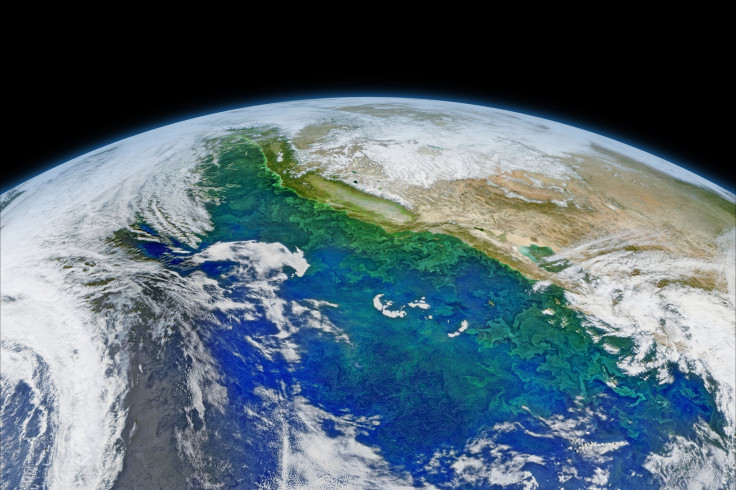Climate Change: Scientists Find Oceans To Be Acidifying, More Rapidly Off California Coast

KEY POINTS
- Oceans acidifying around the world, finds study
- pH decline twice as fast near California coasts
- Changes may affect patterns of El Nino
A study of the oceans around the world revealed that the water bodies are turning acidic in nature. Noting it as a key factor in the climate change scenario, the study highlighted the ill effects of the same on sea creatures.
The study, published Monday, stressed that the acidification was occurring almost twice as fast off the coast in California which could disrupt the marine biodiversity in the area. Oceans absorb carbon dioxide and store it from the atmosphere. The study revealed that the oceans around the world are unable to cope with the extreme conditions that entail global warming. The variations in climate and excess emission of carbon dioxide have stressed the ocean cycle.
The lead author of the study and a researcher with the National Oceanic and Atmospheric Administration, Emily Osborne, had referred to the planktonic foraminifera, a tiny organism that dwells in the sea and makes shells of calcium carbonate. It only lives for about a month but the shell remains and reacts with the acidity in the seawater. Emily and her team collected around 2,000 such shells to study the pattern of changes in pH levels of the water in 100 years.
Emily said, “We saw a clear, long-term declining trend with shell thickness that aligns with the signature of carbon that comes from the atmosphere.” She added that the chemical reactions in the ocean waters may cause variations in patterns of El Nino and said, “That variability has its own chemical signature associated with it, so while they do overlap, we were able to disentangle natural variations that way.”
The study showed that California’s coastal waters had declined in pH value by 0.21 over the past 100 years which was twice as fast in regard to the rest of the ocean bodies in the world. It was noted that the changed in the pH level may cause harm to a lot of species of fish that reside in the California coastal area.
Emily also added that further research was important for the complete understanding of the changes occurring in the oceans as there are multiple aspects that affect the habitat of the sea creature including “warmer temperatures, decreased oxygen concentration”.
© Copyright IBTimes 2025. All rights reserved.





















